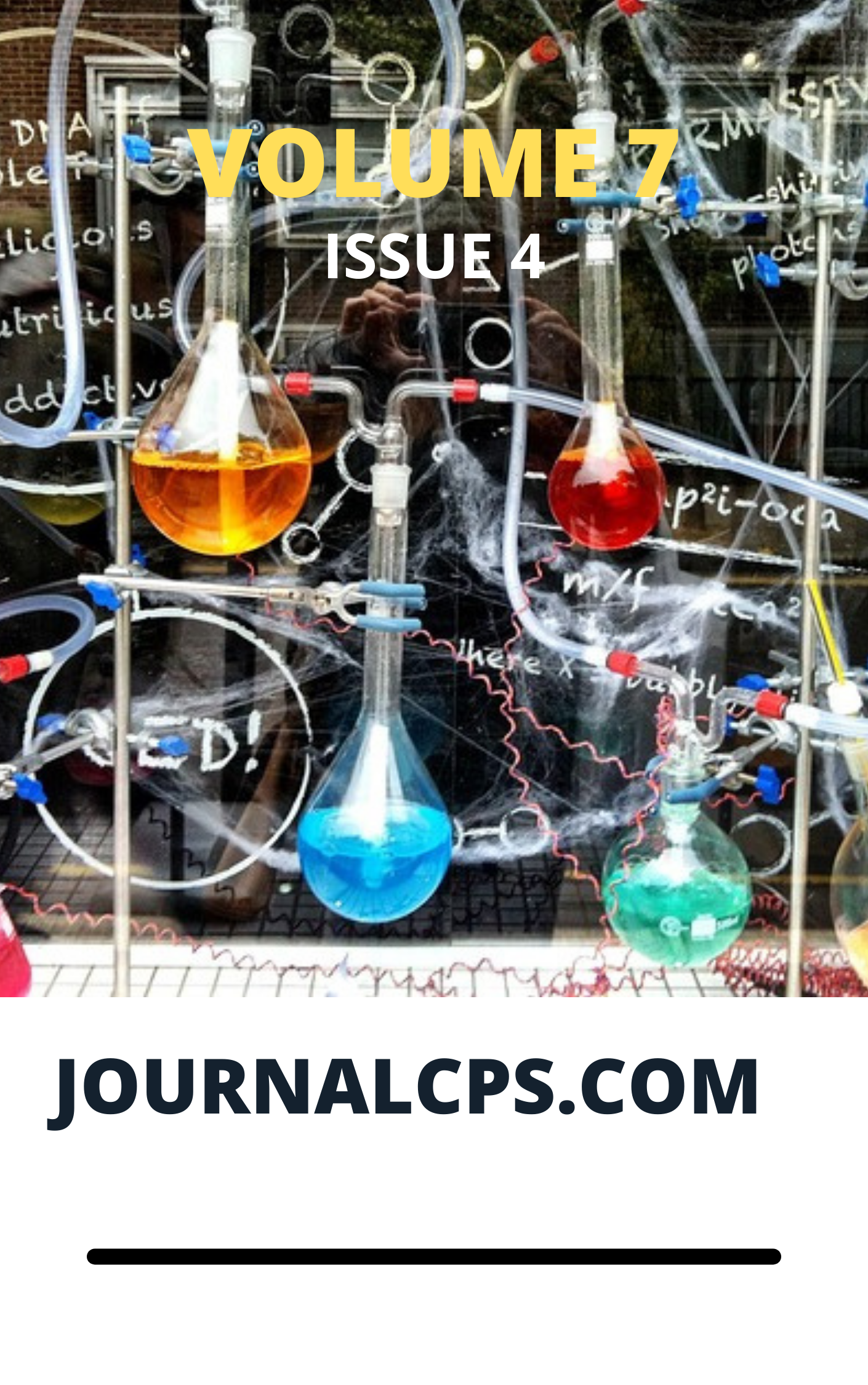Integrating Artificial Intelligence with Assistive Technology to Expand Educational Access through Speech to Text, Eye Tracking and Augmented Reality
Keywords:
artificial intelligence, assistive technology, speech-to-text, eye-tracking, inclusive education, curriculum integration, educational AI, universal design for learningAbstract
This study investigates the integration of artificial intellig3ence-powered assistive technologies (speech-to-text, eye-tracking, and augmented reality) within educational curricula to enhance accessibility for students with diverse learning needs and physical disabilities. Through a mixed-methods approach involving 240 students across 12 educational institutions, we implemented and evaluated an AI-driven assistive technology framework that adapts to individual learner profiles and provides real-time accessibility support. Results demonstrate significant improvements in learning outcomes (Cohen’s d = 1.23), student engagement (78% increase), and curriculum accessibility (92% of previously inaccessible content became accessible). The integrated AI system successfully personalized assistive interventions, reducing cognitive load by 34% and improving task completion rates by 56% among students with disabilities. These findings provide evidence for the transformative potential of AI-integrated assistive technologies in creating truly inclusive educational environments and offer a scalable framework for institutional implementation.
Downloads
Published
Issue
Section
Similar Articles
- Simbiat Atinuke Lawal, Samuel Omefe, Adeseun Kafayat Balogun, Comfort Michael, Sakiru Folarin Bello, Itunu Taiwo Owen, Kevin Nnaemeka Ifiora, Circular Supply Chains in the Al Era with Renewable Energy Integration and Smart Transport Networks , Communication In Physical Sciences: Vol. 7 No. 4 (2021): VOLUME 7 ISSUE 4
- Dahunsi Samuel Adeyemi , Autonomous Response Systems in Cybersecurity: A Systematic Review of AI-Driven Automation Tools , Communication In Physical Sciences: Vol. 9 No. 4 (2023): VOLUME 9 ISSUE 4
- Florence Omada Ocheme, Hakeem Adewale Sulaimon, Adamu Abubakar Isah, A Deep Neural Network Approach for Cancer Types Classification Using Gene Selection , Communication In Physical Sciences: Vol. 7 No. 4 (2021): VOLUME 7 ISSUE 4
- Michael Oladipo Akinsanya, Oluwafemi Clement Adeusi, Kazeem Bamidele Ajanaku, A Detailed Review of Contemporary Cyber/Network Security Approaches and Emerging Challenges , Communication In Physical Sciences: Vol. 8 No. 4 (2022): VOLUME 8 ISSUE 4
- Forward Nsama, Strategic Development of AI-Driven Supply Chain Resilience Frameworks for Critical U.S. Sectors , Communication In Physical Sciences: Vol. 12 No. 5 (2025): Vol 12 ISSUE 5
- Humphrey Sam Samuel, Emmanuel Edet Etim, John Paul Shinggu, Bulus. Bako , Machine learning of Rotational spectra analysis in interstellar medium , Communication In Physical Sciences: Vol. 10 No. 1 (2023): VOLUME 10 ISSUE 1
- Abubakar Tahiru, Oluwasanmi M. Odeniran, Shardrack Amoako, Developing Artificial Intelligence-Powered Circular Bioeconomy Models That Transform Forestry Residues into High-Value Materials and Renewable Energy Solutions , Communication In Physical Sciences: Vol. 8 No. 4 (2022): VOLUME 8 ISSUE 4
- Ayomiposi Sodeinde, Oluwafemi Orekoya, Daniel Jayeoba, Oyebade Adepegba, Effect of Green Information and Communication Technology on Survival of Electricity Distribution Companies in Nigeria , Communication In Physical Sciences: Vol. 12 No. 3 (2025): VOLUME 12 ISSUE 3
- Jeremiah Makarau Iliya, Mark Madumelu, Aisha Yusuf Lawal, Study on Opportunities and Challenges of Online Chemistry Education: A Case Study of Federal University Of Education (FUE) Zaria, Kaduna State , Communication In Physical Sciences: Vol. 12 No. 5 (2025): Vol 12 ISSUE 5
- Yisa Adeniyi Abolade, Bridging Mathematical Foundations and Intelligent Systems: A Statistical and Machine Learning Approach , Communication In Physical Sciences: Vol. 9 No. 4 (2023): VOLUME 9 ISSUE 4
You may also start an advanced similarity search for this article.




